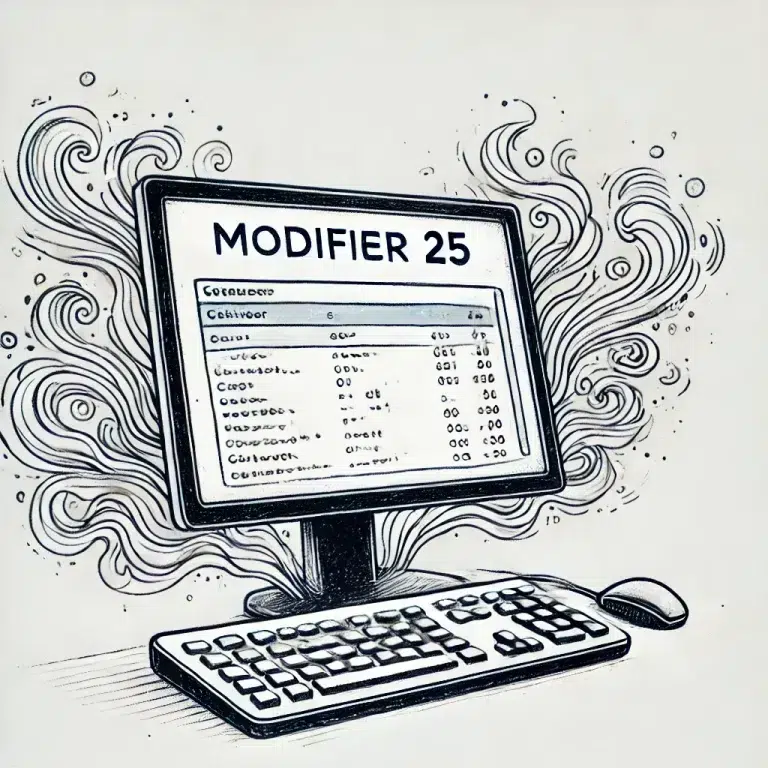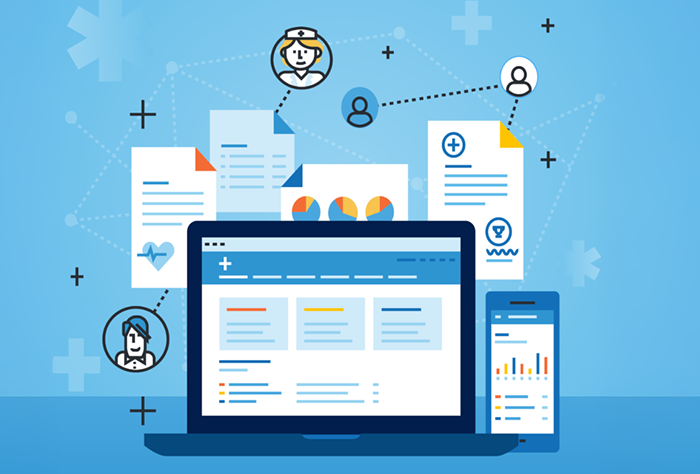The Benefits of Call Tracking
Your practice undoubtedly receives hundreds of phone calls every week, and you’ve trained the front office staff to answer these calls with efficiency and professionalism. But what happens if you get an increase in patient complaints or notice a decline in patients? Without getting a sense of how calls are answered by the front office staff, it’s difficult to identify or solve the problem. Sitting next to that employee and listening to their calls will leave that employee feeling anxious, not to mention occupying hours of your time. A better solution is to use call tracking as a tool to coach your front office staff for improved performance. This Ask Fuel First article answers the following question: How can you use call tracking to coach your front office staff?
What Is Call Tracking?
Call tracking is a powerful tool that can help your practice improve their front office staff’s performance. Some practices will have the ability to record phone calls through their existing phone systems, but others may look into using other call-tracking software.
Once you have the capability to record calls, you’ll need to collect and record your findings. The Professional Development team at Fuel Medical analyzes calls for audiology and ENT practices nationwide using key metrics to measure customer service and efficiency. This snapshot of your front office team is enough to give you an idea of what staff is doing right and areas where they might improve.
If you want to track calls on your own, be mindful of how much time you’ll need to set aside to review. For example, a practice with four front office staff will need a minimum of 10 calls per employee. With each call lasting anywhere from two to twenty minutes, that means you’ll need anywhere from 80 to 800 minutes (or an hour and 20 minutes to over 13 hours) to listen to calls. But both collecting and analyzing 10 calls for each employee isn’t quite as easy as it sounds. You’ll have to listen to many more calls in order to identify 10 calls each. Yes, this process is time-consuming but well worth the results.
Increased Patient Satisfaction
By improving their call-handling skills, front office staff can increase patient satisfaction by building rapport, answering questions effectively and treating each conversation as more than just transactional. In the last article, “Anatomy of a Good Call,” we shared four parts of a call where small improvements can profoundly impact the patient experience. Conversely, when calls are handled unprofessionally or lack the sensitivity that patients expect, you may notice an increase in unsatisfactory online reviews. We know you want to strive for excellence in each call, but you’re also avoiding losing patients.
Increased Revenue
Call tracking can also help practices increase revenue by converting more leads into patients. For example, if a practice sees that a lot of patients cancel appointments, this information will lead them to develop strategies to improve the conversion rate. By doing a deep analysis of calls, Fuel Medical can pinpoint calls where the staff member could’ve used another strategy to convert that call into a booked appointment.
Identify Strengths and Weaknesses
By tracking and analyzing phone calls, practices can identify areas where their staff is excelling and identify areas for growth. This information can then be used to provide targeted training and coaching, which can lead to better patient satisfaction and increased revenue.
Some will focus on areas of improvement, but we caution against doing that. Your front office staff shouldn’t view call tracking as a punishment. When you approach it in this way, you risk alienating your employees and establishing a workplace culture of mistrust. Instead, we suggest using call tracking to highlight ways that your staff excels. In Fuel Medical’s Call Assessment Program (CAP), we discuss the front office staff’s strengths with detailed examples from the call sample. We also point out areas where staff can improve by providing suggestions on ways to take that call from good to great.
Our CAP report looks at employees’ performance individually and as a group. This report gives you, as their leader, an opportunity to share the success of the group and discuss areas that need improvement in general during a team meeting. If an employee is performing much lower than the others, you can give feedback to that employee separately.
You could then use a pinpointed call as a tool to train that employee on best practices. Again, this should be a positive experience for your employees. Let the employee listen to the call and then ask what they think about it. What went right with the call? Why? And what went wrong with the call? Why? Having the employee explain “why” is important because it gives them an opportunity to reflect. Then, ask what they think could’ve done to “improve the call.” “Improve the call” is in quotes because you should identify the improvement to avoid ambiguity or confusion. An example is “What could you have done to encourage the caller to book an appointment?” Giving feedback can be challenging, so please contact our Professional Development team for more information about the online course associated with our call assessment program or schedule an on-site training today.


